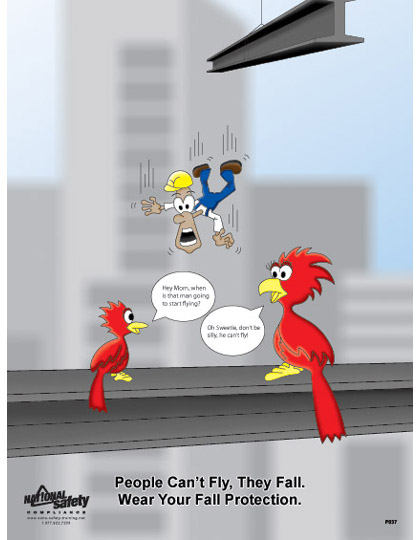OSHA describes scissory lifts as machines that are “movable scaffolds.” They can lift large, heavy loads that are well balanced, as well as employees, and are capable of moving them safely to and from high elevations. There are several different safety requirements that apply to the maintenance and use of scissor lifts, because they are classified as heavy equipment.
OSHA issued a hazard alert about the dangers of using scissor lifts to film events and functions. These machines are commonly used to film events and functions of colleges and high schools, such as athletic and band activities. High winds or bad weather; overloading the equipment with heavy objects; removing the guardrails during operations; and driving the lift on eneven or unstable gound can cause devestating accidents. The alert recommends precautions to reduce the risk of these hazards.
A 20-year old University of Notre Dame student employee was killed during a football practice while filming the football team from a scissor lift that was blown over by high winds. The worker raised the lift more than 39 feet into the air on a day in which winds exceeded 50 miles per hour. After investigating the incident, the Indiana Occupational Safety and Health Administration fined the university $77,500, and cited it with the most serious safety violation allowable under Indiana law. It was reported that the student employee was not trained well enough to properly operate the equipment. Hazards can be further reduced by training workers on how to operate scissor lifts properly, making sure that the scissor lift has a guardrail system for fall protection, and operating and maintaining the lift according to the recommendations of the manufacturer.
Employers can minimize scissor lift hazards by establishing safe work practices, including inspecting them before use; safely moving, positioning, and stabilizing the lift; selecting safe work locations; and identifying weather conditions that might delay use. Other key safety practices include putting the scissor lift on a firm level surface, setting brakes and stabilizing the lift before raising it, and maintaining a 10′ clearance from electrical power sources and overhead hazards such as tree branches.
Although scissor lifts are not enclosed, they are required to obey the same safety standards as scaffolding to ensure that employees do not fall from the lift while in use. Guard rails should be placed around the perimeter of the lift, slip guards, and a lock must be engaged on the entrance to the lift platform while the lift is in use. It should also be designed with an emergency stop button, both on the lift platform and with controls at the bottom of the lift. This will allow either the worker on the platform or the lift operator to stop the lift in case of an emergency. There should also be emergency brakes on the wheels.
There is more guidance on the hazards and requirements for using scissor lifts on OSHA ‘s Scaffolding eTool and Safety and Health Topics page on Scaffolding.
Source: OSHA; eHow.com
